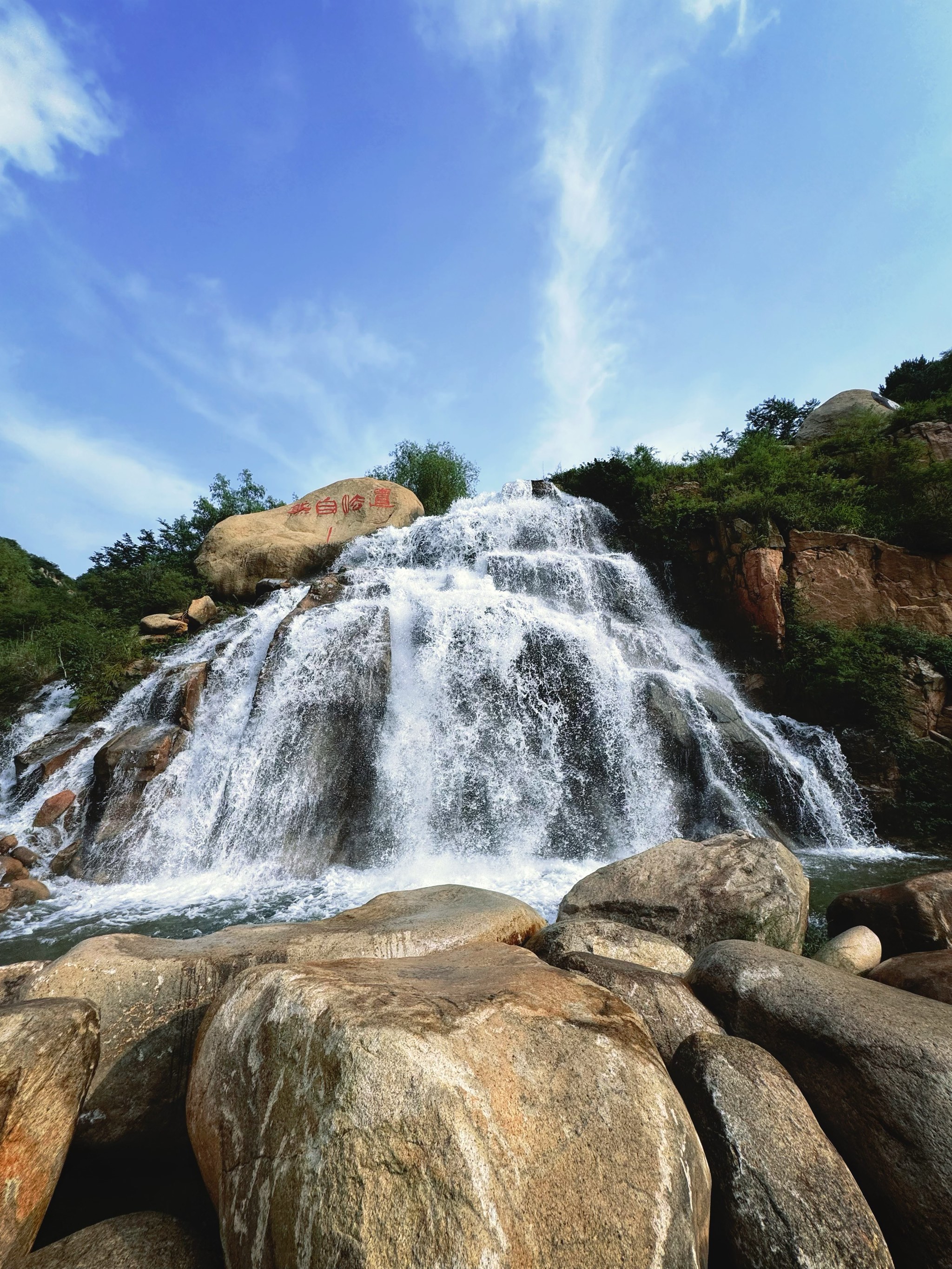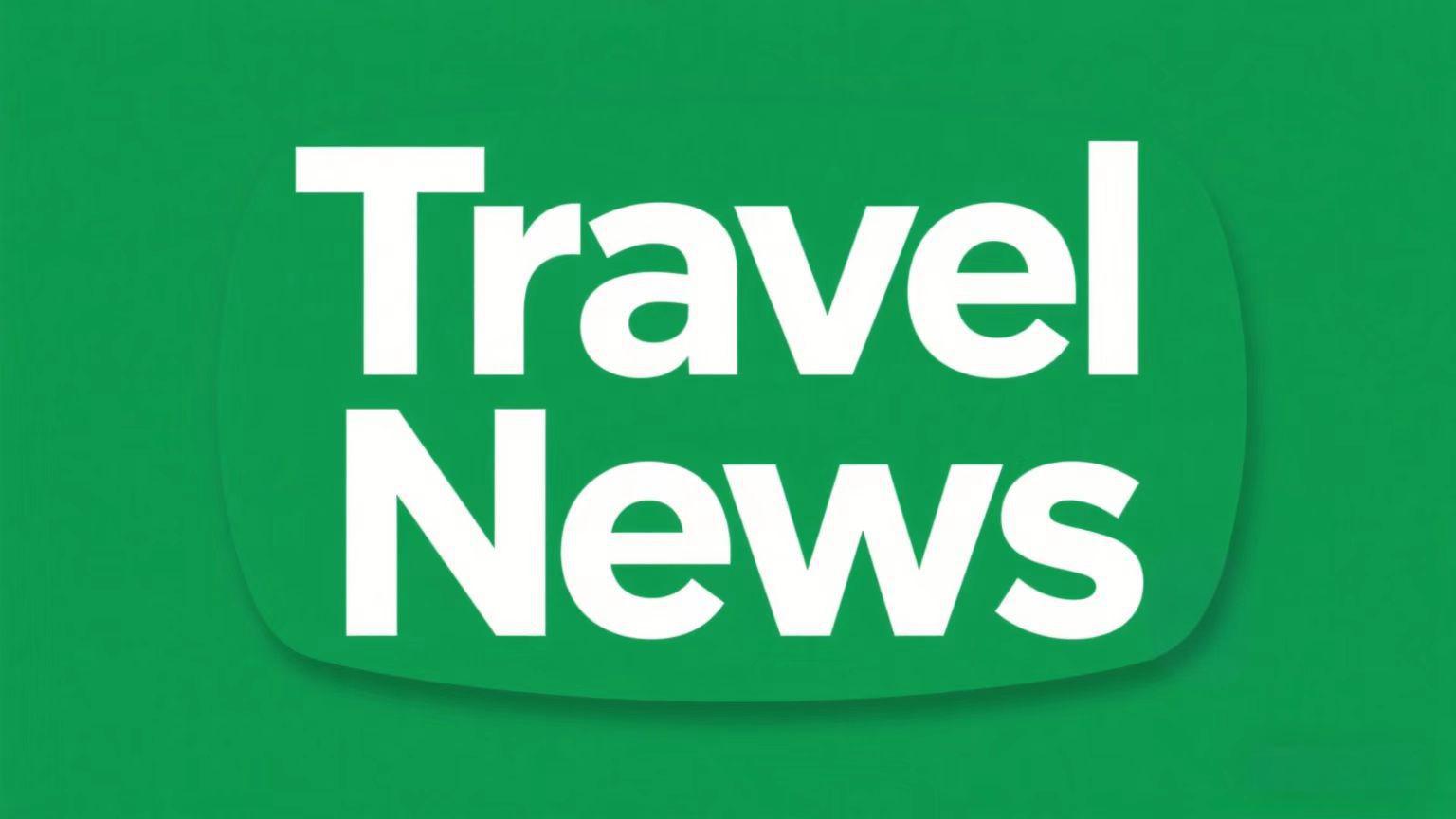So, you're dreaming of a trip to the United States. The very thought can be exhilarating and, let's be honest, a little overwhelming. From the neon-lit buzz of its cities to the silent grandeur of its national parks, the USA is a continent-sized tapestry of experiences. This guide is designed to be your trusted companion, transforming that initial overwhelm into confident excitement. We'll navigate the practicalities and unlock the secrets to crafting an unforgettable American adventure, tailored just for you.
First things first, let's talk about the foundational steps. A successful trip begins long before you board the plane. Proper planning is the key to a smooth and enjoyable experience, saving you from unnecessary stress and unexpected hiccups.
Navigating the entry requirements is your absolute priority. Depending on your nationality, you may need a visa or be eligible for the Visa Waiver Program (ESTA). The official U.S. government websites are your best and only reliable source for this information. Apply well in advance, as processing times can vary.
Timing is everything. The United States experiences a wide range of climates. A summer trip to the deserts of Arizona would be brutal, while a winter visit to Chicago requires serious bundling up. Consider shoulder seasons—spring (April-May) and fall (September-October)—for many regions. You'll often enjoy milder weather, thinner crowds, and better prices on flights and accommodations. Think about what you want to do: ski in the Rockies, see the fall foliage in New England, or join a festival in New Orleans. Your desired activities should dictate your travel dates.
Creating a realistic budget is crucial. The USA can be expensive, but it's manageable with smart choices. Factor in flights, internal transportation (a major cost), accommodation, food, attraction entry fees, and a generous buffer for souvenirs and unexpected delights. Look into city tourism passes that bundle entry to major attractions, and don't underestimate the cost of eating out; mixing in meals from grocery stores or food trucks can help balance your budget.
Booking your flights and accommodation early almost always yields better deals. For flights, use comparison websites and be flexible with your dates if possible. For lodging, the options are vast. Major hotel chains offer consistency, while vacation rentals provide space and kitchen facilities. For a truly unique stay, consider boutique hotels or, for the adventurous, well-located campgrounds within national parks.
Now, let's dive into the heart of your journey: choosing your destinations. The U.S. is often broken down into distinct regions, each with its own personality and must-see highlights.
The East Coast is the historical powerhouse. A trip here often starts in New York City. Walking through Times Square, gazing up at the Statue of Liberty, and getting lost in the vastness of Central Park are iconic experiences. A short train ride south is Washington D.C., the nation's capital, where you can spend days exploring the magnificent Smithsonian museums, all free of charge, and reflecting at the monuments on the National Mall. Further south, the charm of the Carolinas and the vibrant energy of Florida, with its world-famous theme parks in Orlando and the art deco glamour of Miami Beach, offer a completely different vibe.
Heading to the West Coast, you'll find a culture centered on innovation and natural beauty. Los Angeles is a sprawling metropolis of dreams, from the Hollywood Walk of Fame to the chic beaches of Santa Monica. Further north, San Francisco captivates with the Golden Gate Bridge, its historic cable cars, and the tech-savvy energy of the Bay Area. The Pacific Northwest, encompassing cities like Seattle and Portland, offers a lush, green landscape, a renowned coffee culture, and stunning access to the wild Pacific coastline.
Then there's the great American Heartland, often overlooked but brimming with its own magic. Chicago, on the shores of Lake Michigan, boasts stunning architecture, deep-dish pizza, and a world-class blues scene. A road trip through the Southwest will lead you to the otherworldly landscapes of the Grand Canyon, the stunning rock formations of Monument Valley, and the dazzling lights of Las Vegas. For the ultimate outdoor adventure, the Rocky Mountains, stretching from Colorado up to Montana, provide unparalleled opportunities for hiking, skiing, and connecting with nature.

Once you have a rough itinerary, it's time to think about how you'll get around. The sheer size of the country makes transportation a key part of your planning.
For covering long distances between regions, domestic flights are often the most time-efficient option. Airlines like Southwest, Delta, and American offer extensive networks. Booking in advance and being flexible with airports can lead to significant savings.
For the quintessential American experience, nothing beats a classic road trip. It offers ultimate freedom and the chance to discover hidden gems off the beaten path. Renting a car is straightforward, but remember to book an automatic transmission unless you specifically request a manual. Always read the rental agreement carefully, especially regarding insurance and fuel policies. A road trip through California's Pacific Coast Highway or a park-hopping journey through Utah's Mighty 5 are journeys you'll remember for a lifetime.
Don't discount train travel. Amtrak, the national rail service, offers routes with breathtaking scenery, such as the California Zephyr which crosses the Rockies. It's a relaxing way to see the country, though it can be slower and sometimes more expensive than flying. In major metropolitan areas like New York, Washington D.C., and Chicago, public transit systems are efficient, affordable, and often the best way to navigate dense city centers and avoid parking hassles.
With the logistics mapped out, let's focus on making the most of your time on the ground. These practical tips will enhance your daily experience.
Staying connected is essential for navigation and research. While free Wi-Fi is common in hotels and cafes, it's not always reliable or secure. For greater convenience, consider purchasing a local SIM card upon arrival or an international data plan from your home provider. This ensures you can use maps, translate signs, and look up information wherever you are.
Tipping is a standard and expected part of the service culture in the United States. It's not optional for good service. In restaurants, a tip of 15-20% of the pre-tax bill is customary. You should also tip bartenders, taxi drivers, hotel housekeepers, and tour guides. Carry some small bills for this purpose.
American portion sizes are famously large. Don't feel pressured to finish everything on your plate. It's perfectly acceptable to ask for a "to-go box" to take your leftovers with you. Exploring diverse food options is part of the fun. Be sure to try regional specialties, whether it's a lobster roll in Maine, barbecue in Texas, or a craft beer in Colorado.
Your safety and health are paramount. The U.S. is generally a safe country for travelers, but standard precautions apply. Be aware of your surroundings in crowded tourist areas, secure your valuables, and only use licensed taxi services or reputable ride-sharing apps. Regarding healthcare, it is notoriously expensive. Comprehensive travel insurance that covers medical emergencies is not a suggestion; it is an absolute necessity.
Finally, let's talk about immersing yourself in the incredible natural landscapes. The U.S. National Park Service manages over 400 sites, and visiting them is a highlight for many.
For the most popular parks like Yosemite, Zion, or Arches, you may need to secure a reservation far in advance, especially for entry or specific activities. This system helps manage crowds and protect the environment. Always check the official National Park Service website for the park you plan to visit.
When you're out in nature, the principle of "Leave No Trace" is vital. This means packing out all your trash, staying on designated trails, and respecting wildlife by observing from a safe distance. You are a guest in their home.
Your packing list will vary dramatically depending on your destination and the season. The key is layers. Weather can change quickly, especially in mountainous regions. Essential items include comfortable, broken-in walking shoes, a reusable water bottle, a power bank for your devices, and all necessary chargers and adapters (the U.S. uses Type A and B plugs, 120V). A physical map or a downloaded offline map is also a wise backup for areas with poor cell service.
The beauty of exploring the United States lies in its incredible diversity. Whether you're drawn to the fast-paced rhythm of its global cities, the serene silence of its vast deserts, or the awe-inspiring vistas of its mountain ranges, there is an adventure here with your name on it. With thoughtful preparation, an open mind, and a spirit of discovery, your journey will be more than just a vacation; it will be a collection of stories you'll carry with you forever. The open road, the city lights, and the mountain trails are waiting.





发表评论